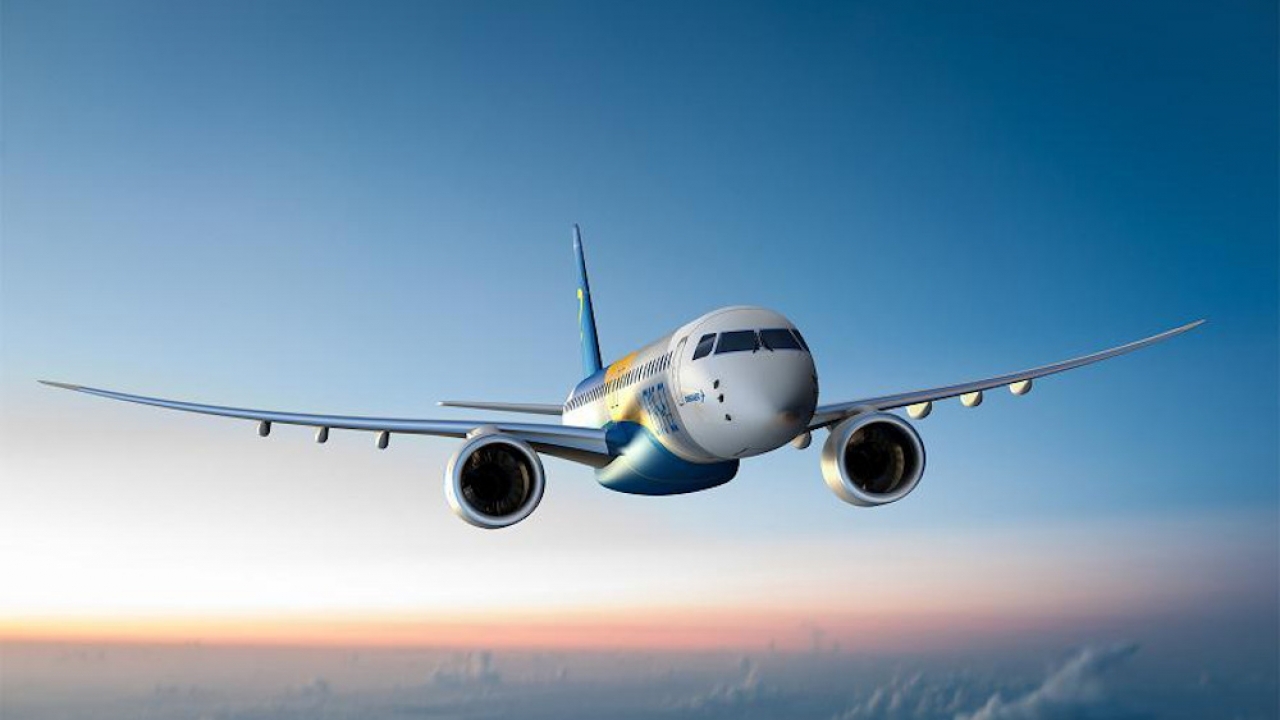Etihad announces independently audited profit figures

The figures were audited by KPMG and included an earnings before interest, tax, depreciation, amortisation and rentals (EBITDAR) of US$648 million, and a net profit of US$14 million. The record result exceeded the airline’s 2011 target, which was to break even.
Speaking at a press conference at lunchtime today James Hogan, president and CEO said: “This is an historic day for Etihad Airways and an amazing achievement for an airline just eight years old. Five years ago we said we would be profitable by 2011. Despite the global financial crisis, continued high oil prices, regional instability and natural disasters, we have delivered.
“The mandate from our shareholder was to create an airline that is best in class, operates to the highest safety standards, and makes money – and we have achieved this mandate. Everything we said we would do, we have done. Now, we move into the next phase of our development whereby we deliver consistent, sustainable profitability.
Hogan said the airline was aiming at a passenger target of 10 million for 2012 and has an anticipated revenue of $5 billion. He also said the board expected a growth in profit too but declined to share the target figure
“We are bullish and will aim for strong growth again in 2012, in spite of the tough global economic environment," Hogan said.
Highlights of the 2011 result included:
· 8.3 million passengers, up 17 per cent on 2010 (7.1 million);
· an average seat factor of 75.8 per cent, nearly two percentage points higher than 2010 (74.0 per cent);
· growth of available seat kilometres from 45.2 billion (2010) to 51.0 billion, up 13.0 per cent;
· the addition of five new routes – Bangalore, the Maldives, the Seychelles, Chengdu and Düsseldorf;
· Etihad Crystal Cargo revenues up 25.7 per cent to US$651 million (US$518 million) on tonnage up 17.8 per cent to 310,188 tonnes (263,313 tonnes);
· an increase in total aircraft departures, from 57,534 to 62,735, with a technical dispatch reliability of 99 per cent; and
· eight new codeshare agreements, taking Etihad Airways’ codeshare partners to 35 airlines, which increased its worldwide network to 259 destinations – more than any other Middle East air carrier.
Industry analyst Saj Ahmad commented: " Etihad's strong rise in revenues clearly shows that there's plenty of passenger demand in the GCC which puts to rest those skeptics who believe there isn't enough traffic to support growth in Dubai, Doha and Abu Dhabi. Critically for Etihad, its performance demonstrates that the growth strategy is paying off and we're likely to see earnings rise as it benefits from deeper integration with Air Berlin and Air Seychelles.
"While their target was to break even, this achievement of profits will continue to be a regular occurrence as the carrier benefits from a new, young fleet of airplanes while driving efficiencies into their expanding business.
Mr Hogan said Etihad Airways’ successful partnership strategy intensified, with its first equity investment in another carrier – airberlin, Europe’s sixth largest airline, which was announced in December 2011," he said.
Hogan stressed several times during the press conference that the investment in airberlin was vital. “This was a game changing move for Etihad Airways, adding 157 destinations and giving us access to 35 million new passengers. The airberlin deal will be our most important catalyst for growth in 2012. It has given us instant access to Europe’s largest travel market, and will have a major impact on revenues in 2012, with an expected contribution of up to US$50 million," he said
Hogan also reported that the strategic partnership with Virgin Australia, which offers 45 destinations in Australia and the Pacific, had boosted revenue by 700 per cent over what the airline had achieved with its previous Australian airline partner, Qantas.
“We will continue to look at opportunities in 2012. Already this year we have announced a second equity investment, in Air Seychelles, which is an important step towards growing our operations in the increasingly popular leisure markets of the Indian Ocean and Africa,” he said
Hogan said cost control had been a significant contributor to the airline’s profit, with costs per available seat kilometre (CASK), excluding fuel, being cut by 4.6 per cent in 2011 and 16.6 per cent over the last two years, representing annual savings of more than US$187 million.
“While we deliver an exceptional full service product, our management culture is that of a low cost airline. We have a forensic focus on cost control in every area of the business, aggressively targeting operational efficiencies,” he said.
Stay up to date
Subscribe to the free Times Aerospace newsletter and receive the latest content every week. We'll never share your email address.

